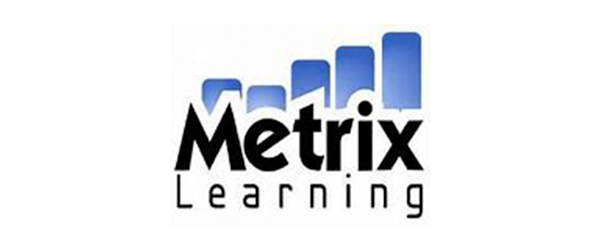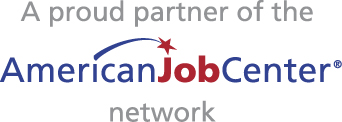A Winning Resume
A resume is a synopsis of your professional life. Like a snapshot, it just has to show that you were doing something while you were there. It isn’t exciting, in fact it’s downright boring. Still, you have to have it, and for most of us, it’s hard to write because we too often doubt ourselves. It’s hard enough for us to write it, struggling to bring some semblance of significant work life, let alone look at it. The act of writing it means you are ready to change, to start again. To resume. It’s not the same as starting from zero to one, even though it may feel that way.
The noun resume, comes down from the ancients, meaning bio, or curriculum vitae. It connotes brevity. In a sense you are writing fragments of your life at work. I’ve found that individuals must adhere to a rigid standard in order for their resumes to qualify for an interview and ultimately a job offer. So whether you are sending out your resume for a job now, or contemplating new opportunities later, it’s always wise to have a ready-to-go current resume. Here are some guidelines to get you started.
1. Start your draft and list every role and responsibility you can think of. Include results such as sales numbers, promotions, accomplishments etc.
2. CUT that down to fit on ONE page! Really: one page. The only exceptions: going for a top administrative job, like CEO or an academic position that demands a different format and list of publications.
3. Make your job objective match precisely with that of advertised job or the job you’d like to have.
4. Rethink your work history to highlight what you have done to show that you can do the job you’re after. So, it won’t be every single thing you’ve worked on. It won’t be in tangled jargon from one field if you’re going to jump to another.
5. THINK like THEM. What are they looking for? Show how you have that experience. And if you don’t, then in your cover letter explain how your experience translates to serving them.
6. Use the boring standard form: Times Roman, 12 point font (even if Apple offers Comic Sans). For each organization you’ve worked for, write its name first, your title, and the dates showing years you have worked there. In that order.
7. Put Education last unless this is your first job. List your alma mater and major. If you received Honors, were President of your class, Newspaper Editor or Sports Manager, you can cite it. (Some grammar hints: If you graduate from college, it’s from college; you don’t graduate college. If you refer to yourself as an alumnus (male) or alumna (female); fine. You are not an alumni (plural).) If you are fluent in any foreign or computer language, list it. Do not include your hobbies, but do include significant volunteer work.
8. Have a trusted friend proof-read your resume line by line. Any errors, even tiny misspellings, trash you as a candidate. No kidding! Details and neatness count!
9. Be sure to submit your resume in their preferred format. Some want the resume in the body of the email, and others prefer an attachment.
Know that you HAVE to have a resume to show that you exist and have worked. The goal of submitting a resume is not to have it eliminated from the stacks of others that land on the HR person’s computer or desk. The rest is up to you during the interview to make sense of how and why you can help them.
Adele Scheele - Career coach and success strategist - Huffington Post
The Resume Guide provides step-by-step information, tips, and examples to help you create a resume that will stand out in today's job market. Topics include Why You Need a Great Resume, Top Resume Strategies, Do Your Research, Writing Your Resume, Market Your Resume, Make the Most of the Internet, Sample Resume Walk-Through, More Sample Resumes, Get More Resume Help, and Resume FAQs. You'll find updated information on embedding keywords in your resume, posting your resume online, and using social networking sites to get your resume in the right hands.
The following free tools and resources will assist with creating a resume:
- The Resume Guide is an online guide for creating a resume that will catch the attention of potential employers.
- The Skills Profiler helps you identify skills to include on your resume.
- O*NET Academy has a quick tutorial about how to use O*NET to gather information for a resume.










